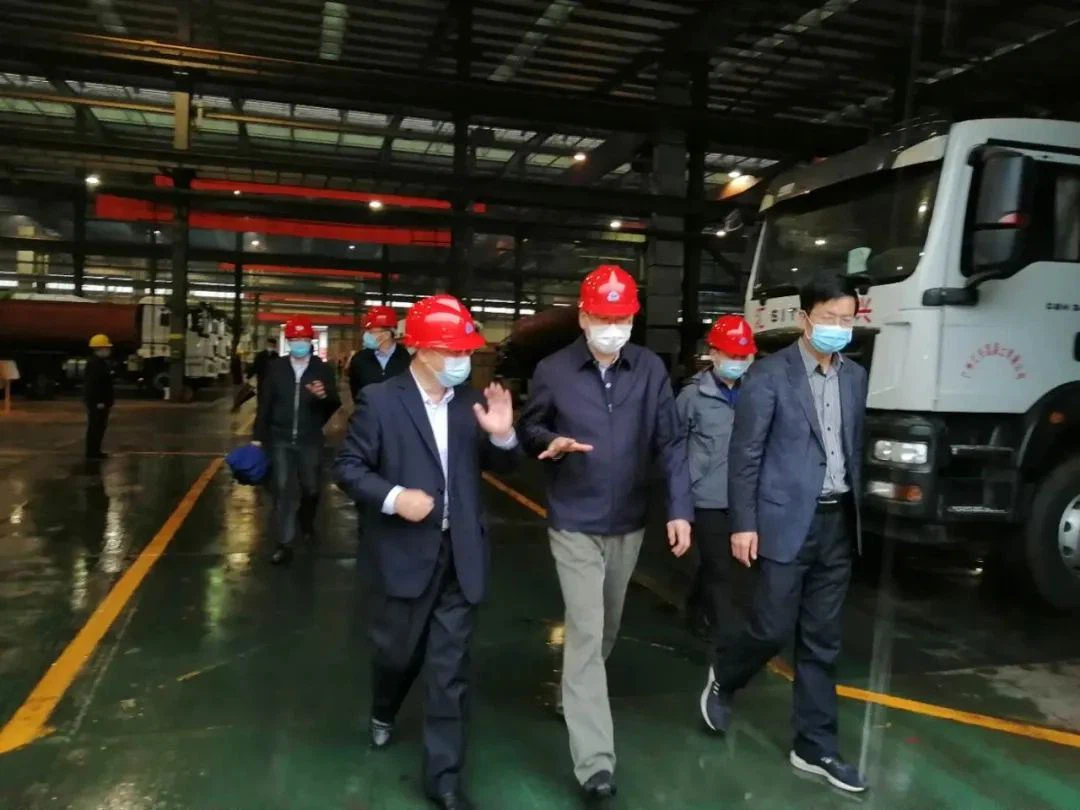As communities strive for efficient emergency response, quick attack fire trucks have emerged as vital equipment. These specialized vehicles are designed for swift deployment, capable of tackling small to medium fires before they escalate. In this article, we will explore the various aspects of quick attack fire trucks, from their features and advantages to real-world applications and FAQs.
What are Quick Attack Fire Trucks?
Quick attack fire trucks are compact and maneuverable firefighting vehicles. Equipped with the necessary tools to combat fires quickly, they play a crucial role in emergency response. These trucks are generally designed for rapid deployment, making them suitable for small fires, vegetation fires, and urban emergencies.
Key Features of Quick Attack Fire Trucks
- Size and Maneuverability: Their compact size allows easy navigation through tight spaces and urban environments.
- Water Capacity: They typically carry between 300 to 750 gallons of water, enabling them to respond swiftly.
- Pump Size: Quick attack trucks usually feature pumps with capabilities ranging from 100 to 300 gallons per minute (GPM).
- Equipment Storage: They are equipped with storage compartments for hoses, nozzles, and other firefighting tools.
- Specialized Equipment: Many are fitted with foam systems for tackling industrial and vehicle fires.
Advantages of Quick Attack Fire Trucks
Quick attack fire trucks offer numerous benefits, making them a preferred choice for many fire departments.
Rapid Response
The primary advantage of quick attack fire trucks is their ability to respond quickly to emergencies. Their design and equipment enable firefighters to reach the scene faster, which can be crucial in controlling fires before they spread.
Cost-Effectiveness
These trucks are often less expensive than larger fire engines. Their lower purchase and maintenance costs make them an attractive option for smaller departments or those with limited budgets.
Versatility
Quick attack trucks can respond to a variety of incidents, including structural fires, wildfires, and hazardous material spills. Their built-in versatility allows them to tackle different emergency scenarios effectively.
Types of Quick Attack Fire Trucks
Understanding the different types of quick attack fire trucks can help fire departments choose the right model for their needs.
Type 6 Wildland Fire Engines

Type 6 engines are lightweight and designed for wildland firefighting. They typically feature 4-wheel drive, making them suitable for rough terrain.
Type 4 Fire Engines
These are larger than Type 6 engines but still smaller than traditional fire engines. They carry more water and have more powerful pumps while remaining relatively easy to maneuver.
Urban Interface Fire Engines
These trucks are specifically designed for Interface Fire Protection, bridging the gap between urban and rural firefighting needs. They come equipped with specialized tools to manage fires in both terrains.
Practical Examples of Quick Attack Fire Trucks in Use
Several fire departments worldwide have successfully utilized quick attack fire trucks in their operations. Here are some practical examples:

Example 1: Wildfire Response in California
During the 2020 wildfire season, multiple California fire departments deployed Type 6 wildland engines to tackle rapidly spreading fires in remote areas. Their quick response capabilities helped control blazes before they reached populated communities.
Example 2: Urban Fire Emergency
A small fire broke out in a densely populated neighborhood. The local fire department dispatched a quick attack truck, allowing firefighters to combat the fire with minimal water usage. This swift action prevented the fire from spreading to adjacent homes.
Example 3: Vehicle Fire on Highway
When a vehicle caught fire on a busy highway, the quick attack fire truck’s rapid deployment ensured that flames were extinguished quickly, preventing a traffic disaster and protecting surrounding vehicles.
Technological Innovations in Quick Attack Fire Trucks
The firefighting industry continuously evolves, and quick attack fire trucks are no exception. Here are some recent technological innovations:
Integrated Firefighting Systems
Modern quick attack trucks often come equipped with integrated firefighting systems, such as thermal imaging cameras and advanced foam delivery systems, enhancing operational efficiency.
Telematics and Fleet Management
Many quick attack trucks now feature telematics systems that allow real-time tracking of vehicle performance and maintenance needs. This helps fire departments optimize their fleet management strategies.
Green Technology
Newer models include eco-friendly features like water-saving mechanisms and hybrid engines, reducing their environmental impact while maintaining effectiveness in firefighting.
Best Practices for Deploying Quick Attack Fire Trucks

To maximize the efficiency of quick attack fire trucks, fire departments can implement the following best practices:
Regular Training
Provide consistent training sessions for firefighters to familiarize them with the unique features and capabilities of quick attack trucks.
Routine Maintenance Checks
Ensure that the trucks undergo regular maintenance checks to keep them in optimal working condition.
Community Engagement
Engage with the community to raise awareness about the role of quick attack trucks in firefighting, which can aid in preparedness and response during emergencies.
Challenges Facing Quick Attack Fire Trucks
While quick attack fire trucks are beneficial, they face specific challenges:
Limited Water Capacity
The smaller water tanks of quick attack trucks can be a limitation during large-scale fires, necessitating a strategy to refill water supplies rapidly.
Maintenance and Repairs
Frequent deployment can lead to increased wear and tear, requiring dedicated maintenance schedules to ensure operational readiness.
Funding and Budget Constraints
Many fire departments face budget constraints that can hinder the acquisition and upkeep of quick attack fire trucks, affecting their emergency response capabilities.
Future Trends in Firefighting
The future of quick attack fire trucks points towards increased innovation and adaptability.
Increased Automation
Advancements in automation and robotics may lead to automated firefighting systems being integrated into quick attack trucks, enhancing their response capabilities.
Smart Technology Integration
Cloud-based platforms and intelligent routing can optimize response times by analyzing data in real-time during emergencies.
Collaborative Firefighting Strategies
As firefighting becomes a more collaborative effort, quick attack trucks may be integrated into a broader strategy that includes drones and aerial support.
FAQs about Quick Attack Fire Trucks
1. What is the average cost of a quick attack fire truck?
The average cost can vary widely, with basic models starting around $100,000 and custom-built options reaching upwards of $300,000.
2. How do quick attack fire trucks differ from traditional fire engines?
Quick attack fire trucks are smaller, more agile, and designed for rapid deployment, while traditional fire engines are larger, carry more water, and are suited for more extensive firefighting operations.
3. Can quick attack fire trucks be used for wildfires?
Yes, quick attack fire trucks, particularly Type 6 engines, are specifically designed for wildland firefighting and are highly effective in controlling small to medium wildfires.
4. How much water do quick attack fire trucks hold?
Quick attack fire trucks typically hold between 300 to 750 gallons of water, depending on the model.
5. Are quick attack fire trucks equipped with firefighting foam systems?
Many quick attack trucks come with the option to install foam systems, making them versatile for different types of fires, including those involving flammable liquids.
6. How often should quick attack fire trucks undergo maintenance?
It’s recommended that quick attack fire trucks receive routine maintenance checks at least once a year, along with additional inspections after significant deployments.